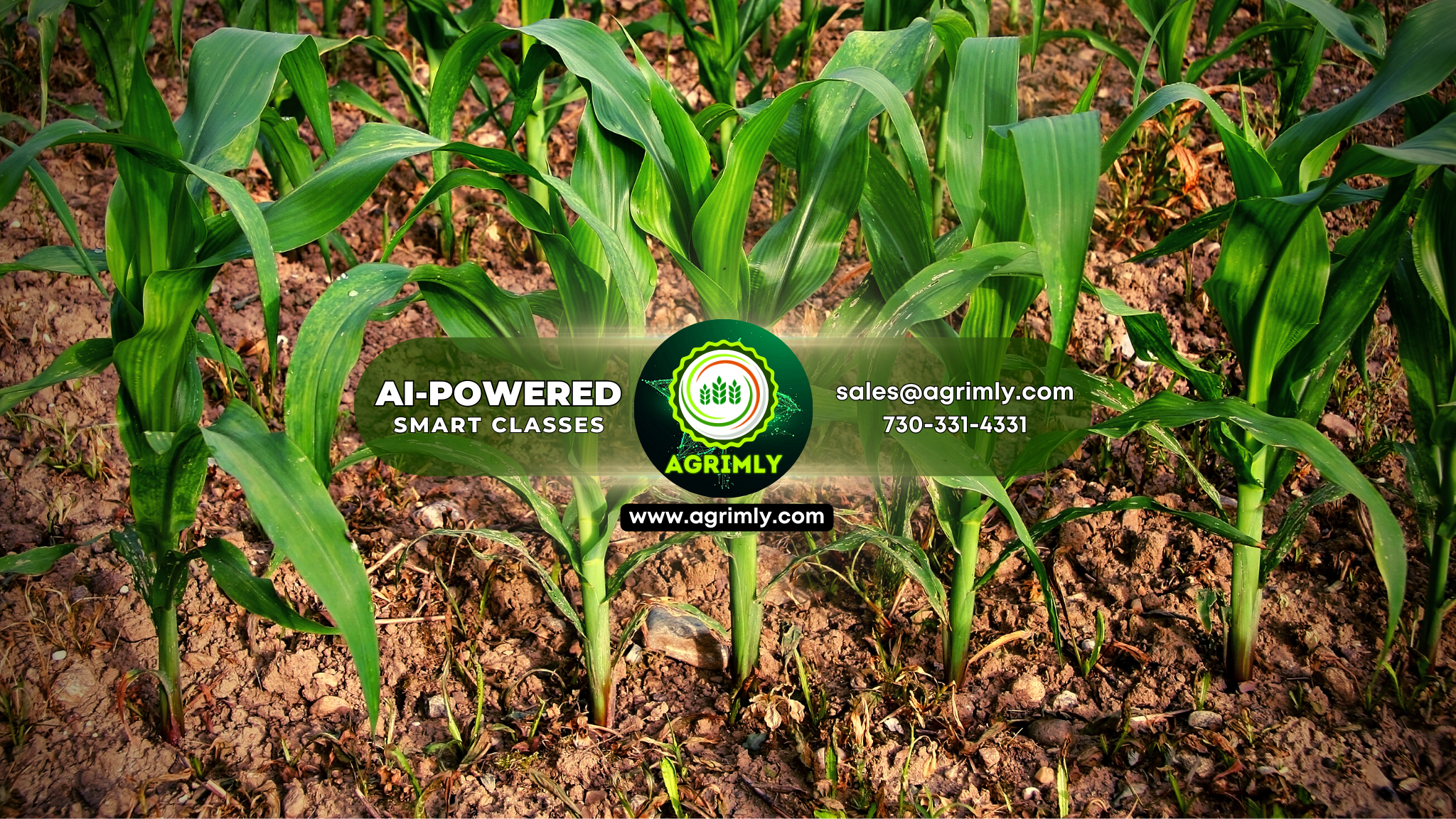This exam facts are from famous book: Handbook of Agriculture published by I C A R
History of Triticale
- Triticale is a Man madecereal.
- Triticale is a hybrid of wheat (Triticum) and rye (Secale) first bred in laboratories during the late 19th century in Scotland and Germany.(This is asked in Rajasthan Agriculture Officer Exam 2020)
- Triticale is a hybrid or intergeneric cross that is made by the crossing of wheat and rye.(This is asked in ICAR S R F 2021)
- Triticale is first wheat x rye that occurred in Scotland during 1875.(This is asked in IBPS Agriculture Field Officer Exam 2019)
- The name Triticatefirst appeared in Germany in 1935.(This is asked in B H U PRE P G 2020)
- Triticale, hexaploid cultivars are most commonly used.
- Hexaploids of wheat and rye are called primary hexaploids.For free such exam facts and notes, visit www. agrimly.in
- Triticale is either spring or winter cultivated.
- Majority of triticale cultivars are awned.
- Initial cultivars are, low yielder, tall and weak straw, shrunken/shriveled kernels, high susceptibility to ergot. But high protein, high levels of amino acids and good for animal nutrition.
- Commercially available triticale is almost always a second generation hybrid, i.e., a cross between two kinds of primary (first cross) triticales.(This is asked in ICAR J R F 2021)
- As a rule, triticale combines the yield potential and grain quality of wheat with the disease and environmental tolerance including soil conditions of rye.For Online Classes, Tests, Notes Visit www. agricoachingonline.com
- But today’s cultivable triticale has better yielding ability than wheat, more tiller producing habit, resistance to lodging, resistance to ergot, plump kernels, and protein is similar to bread wheat, suitable for spring and winter seasons.
Speciality of Triticale
- Triticale can utilize water and nutrients more efficiently than winter wheat.
- Seeding, seed rate, season, etc. are similar to wheat.
- Nutrient and water requirements are similar to wheat and they are responding well when grown for grain.
- For forage, the seed rate may be enhanced to 80-100 kg in rainfed and drylands.
- For irrigated crops about 110 kg of seed rate is adopted.(This is asked in IBPS Agriculture Field Officer Exam 2015)
- Since the complete package of practices for triticale are not developed, cultural practices of wheat are utilized for cultivating triticale





No comments:
Post a Comment
Thank You for feedback. Keep commenting on it.